In an ever-evolving world, social norms and etiquette rules are constantly being reshaped by younger generations. As society becomes more interconnected and diverse, the traditional ways of interacting are being questioned and redefined. The younger generations are embracing authenticity and practicality over formality and old customs.
This shift is not just a rebellion against tradition, but a reflection of a new era that values inclusivity, efficiency, and transparency. From digital communication to gender roles, many old etiquette rules are being discarded in favor of more modern, flexible norms. Here are 11 such rules that are seeing a change.
1. Formal Dress Codes
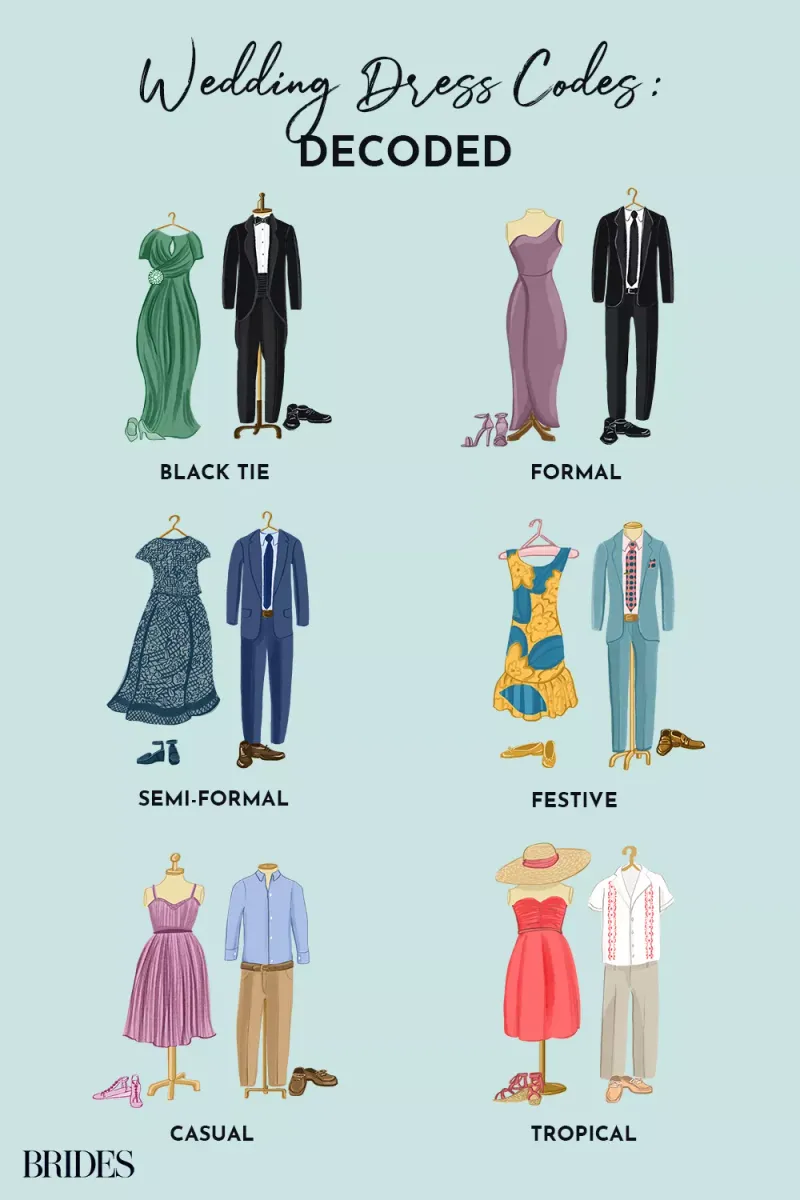
Younger generations are redefining what it means to dress appropriately for various occasions. Formal dress codes, once a staple in social settings and workplaces, are being swapped for more comfortable and stylish alternatives. This shift is driven by a desire to express individuality while prioritizing comfort. In many offices, business casual has become the new norm, making ties and blazers less common. Society is embracing a more laid-back approach, allowing people to showcase their unique style. This new trend reflects a larger cultural movement towards inclusivity and breaking down rigid norms that no longer serve modern lifestyles.
2. Traditional Greetings
The standard handshake, a gesture deeply embedded in professional and social settings, is being replaced by more casual greetings. Younger people are opting for waves, fist bumps, or even virtual emojis in digital interactions. This change highlights a shift towards less formal and more personal connections. The global pandemic accelerated this trend, making alternative greetings a health-conscious choice. As traditional boundaries blur, the emphasis is on making greetings that feel genuine and respectful. This evolution in greetings is part of a broader movement towards making interactions more relaxed and meaningful.
3. Dining Etiquette
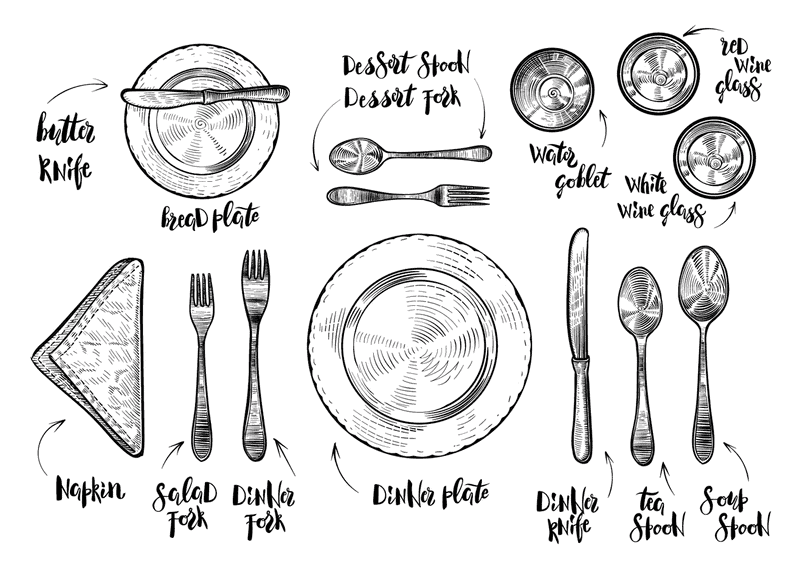
Dining etiquette is experiencing a transformation as younger generations embrace a more relaxed approach to meals. The once strict rules about phone usage at the table or the proper way to hold utensils are loosening. Many prefer to focus on enjoying the moment, whether that includes snapping food photos or engaging in lively conversation. This does not mean a lack of respect, but rather an evolution in how meals are shared. The emphasis is shifting from rigid protocols to shared experiences, making dining a more inclusive and enjoyable activity for everyone involved.
4. Gender Roles in Etiquette
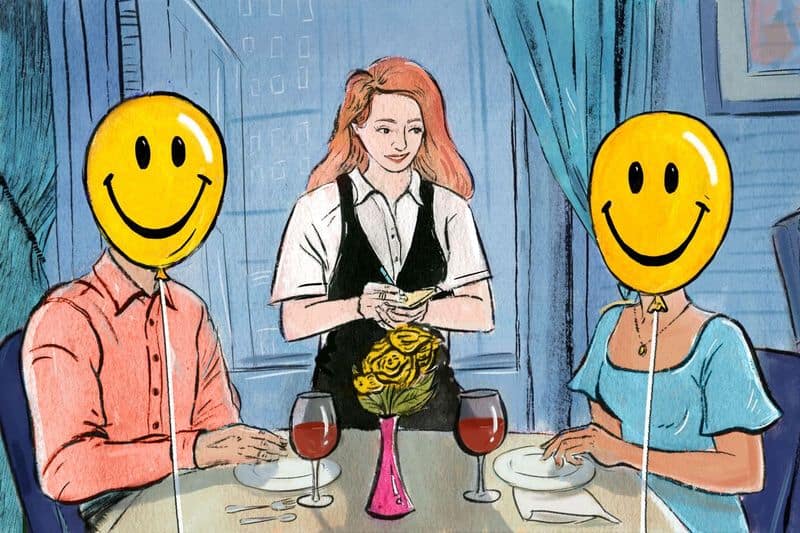
Traditional gender roles in etiquette, such as men opening doors for women, are being reevaluated by younger generations. The push for gender equality and inclusivity has led to a rethinking of these outdated customs. Many now see these practices as unnecessary, preferring gestures based on mutual respect rather than gender. This shift promotes fairness and autonomy, encouraging people to engage in actions that are considerate of everyone. The focus is on creating an environment where actions are guided by thoughtfulness and equality, rather than outdated stereotypes that no longer align with modern values.
5. Thank-You Notes
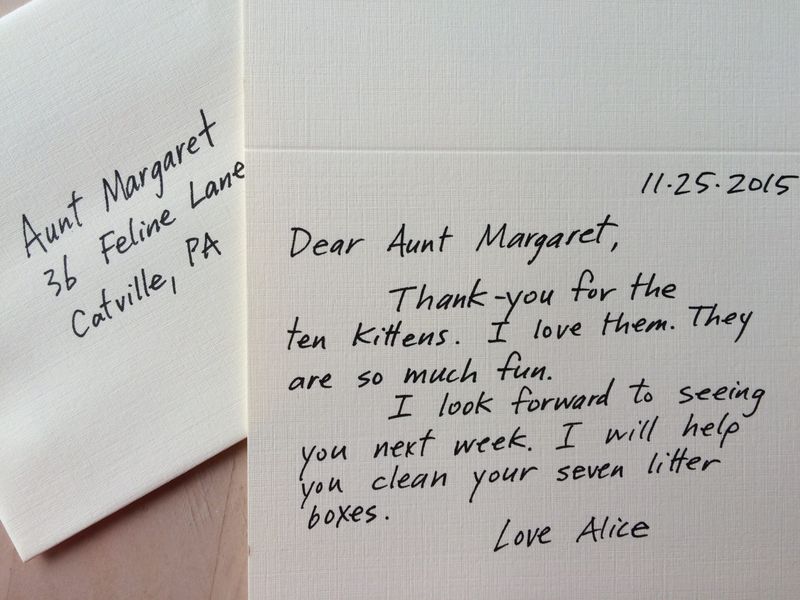
The tradition of sending handwritten thank-you notes is being replaced with digital alternatives by younger generations. Emails, texts, and social media messages offer a quicker and more efficient way to express gratitude. This change reflects a move towards convenience and immediacy, fitting into the fast-paced lifestyles many lead today. However, the sincerity of the gesture remains important, regardless of the medium. The focus is on genuine appreciation rather than the formality of the delivery. This evolution in expressing gratitude showcases the adaptability of social customs to modern communication methods.
6. RSVP Responses
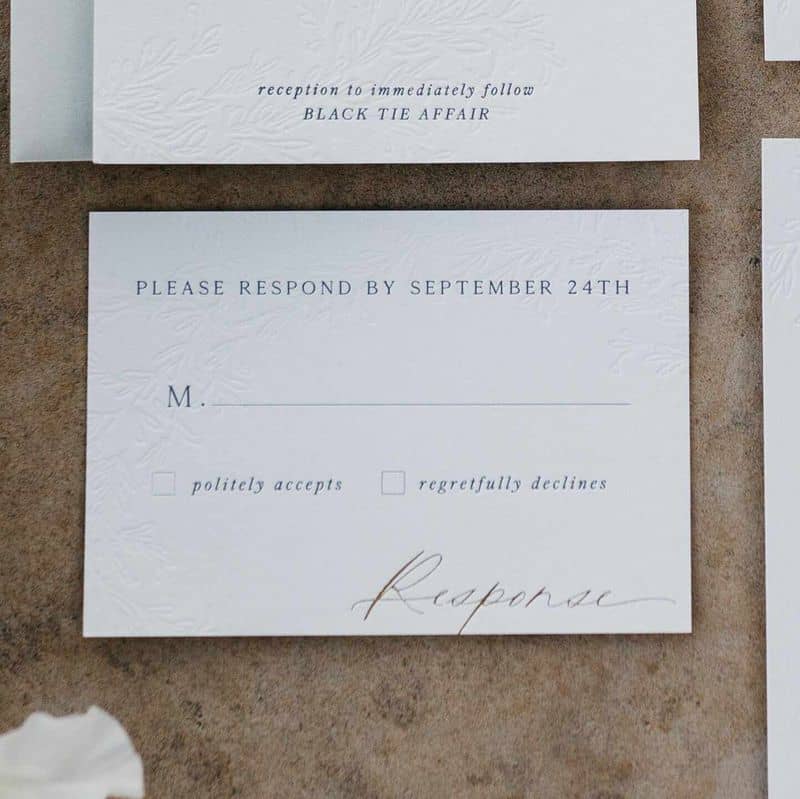
Responding to invitations has become more informal and tech-savvy with the rise of digital RSVP options. Younger people are more likely to use apps or social media to confirm attendance, moving away from traditional mailed responses. This shift towards digital platforms offers convenience and speed, aligning with the fast-paced digital era. Although the medium has changed, the importance of responding remains a crucial part of event planning. This adaptation demonstrates how technology is influencing social customs, making it easier for people to connect and communicate their intentions in an efficient manner.
7. Hosting Etiquette

Traditional hosting etiquette, with its focus on detailed planning and formalities, is evolving into a more relaxed and interactive approach. Younger hosts prefer gatherings that prioritize comfort and social interaction over rigid schedules. This includes more casual settings, where guests are encouraged to participate and contribute. The emphasis is on creating a warm and inclusive atmosphere, where everyone feels welcome and engaged. This modern approach to hosting reflects a shift towards valuing personal connections and shared experiences, making social gatherings more about enjoyment and less about adhering to strict protocols.
8. Workplace Formalities

The office environment is seeing a breakdown of formalities, as younger generations bring a more casual vibe to professional settings. This includes a relaxed approach to office attire, communication, and hierarchies. The focus is on fostering collaboration and creativity rather than adhering to rigid structures. Open-plan offices and flexible work arrangements are becoming more common, reflecting a desire for a work culture that values innovation and teamwork. This shift demonstrates how younger generations are shaping workplaces to be more inclusive and adaptable, aligning with their values and the changing nature of work.
9. Phone Call Etiquette
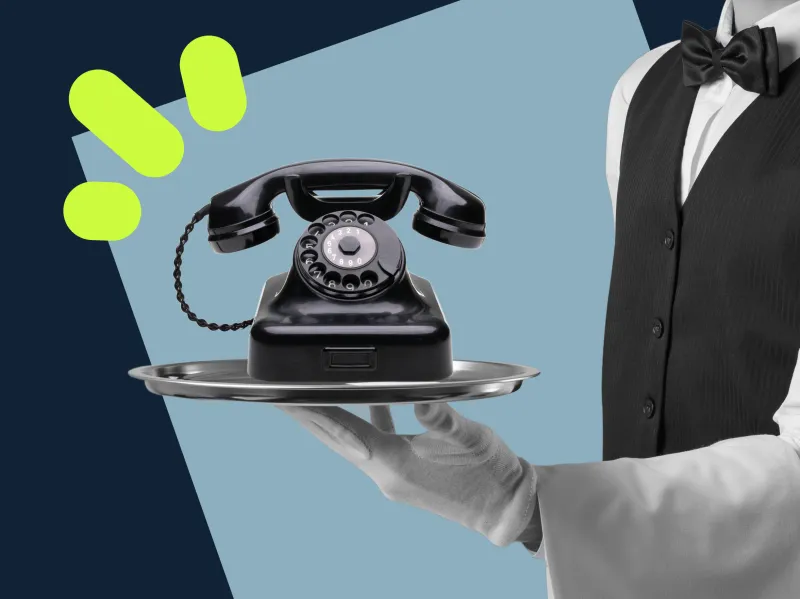
Phone call etiquette is undergoing a transformation as texting and instant messaging become the preferred methods of communication. Younger generations often see phone calls as intrusive, opting for text-based communication that allows for more control over timing and responses. This shift highlights a preference for convenience and efficiency in daily interactions. While phone calls are still necessary in certain contexts, their decline in casual communication demonstrates a broader trend towards more adaptable and less disruptive forms of staying in touch. This evolution reflects changing preferences in how people choose to connect.
10. Gift Giving Etiquette

Gift giving is becoming more personalized and practical, with younger generations favoring digital gifts like e-cards or online subscriptions. This shift reflects a move towards meaningful and useful presents rather than traditional, often impersonal, gifts. The focus is on understanding the recipient’s needs and interests, making the act of giving more thoughtful. Digital gifts offer flexibility and convenience, fitting seamlessly into busy lifestyles. This evolution in gift-giving etiquette showcases a broader trend towards personalization and practicality, as people seek to make special occasions truly memorable and relevant to individual preferences.
11. Punctuality Norms

Punctuality norms are becoming more relaxed, especially in social settings, as younger people prioritize flexibility and spontaneity. While being on time is still valued, there’s a greater understanding that schedules can be fluid. This change reflects a shift towards valuing personal time and reducing stress over strict adherence to timetables. The focus is on being present and engaged when arriving, rather than merely arriving on time. This evolution in punctuality norms highlights a broader cultural shift towards balancing commitments with personal well-being, making social interactions more enjoyable and less pressured.

Well, hello there!
My name is Jennifer. Besides being an orthodontist, I am a mother to 3 playful boys. In this motherhood journey, I can say I will never know everything. That’s why I always strive to read a lot, and that’s why I started writing about all the smithereens I came across so that you can have everything in one place! Enjoy and stay positive; you’ve got this!

